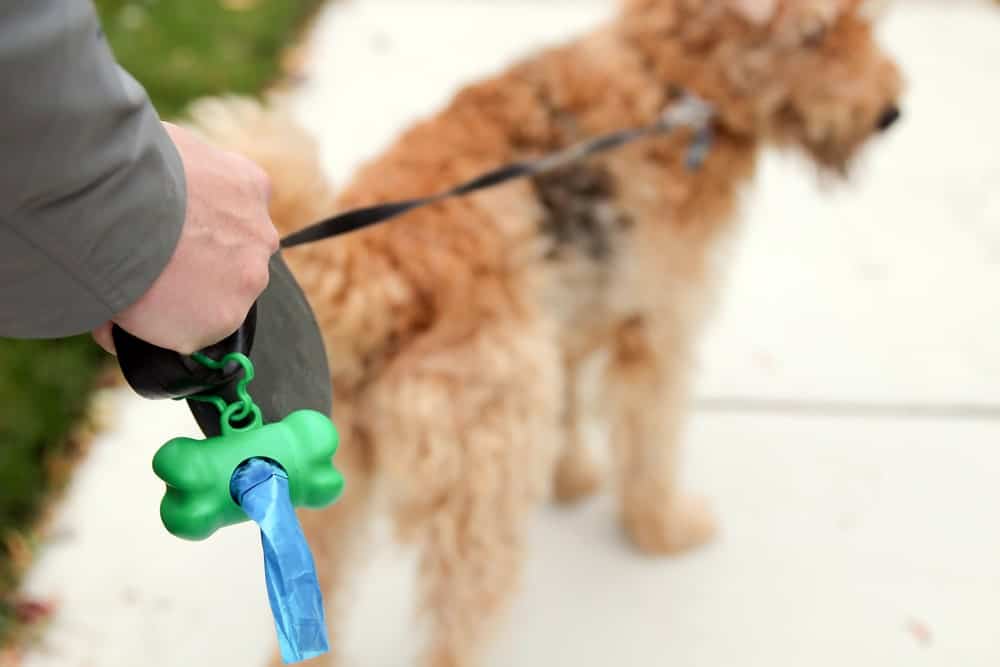“This post contains affiliate links, and I will be compensated if you make a purchase after clicking on my links.”
No matter how cute your furry companion is — they all poop. A natural part of any dog ownership means being ready with poop bags on walks and expecting accidents to happen. It can be smelly and it can be gross — but, it can also save lives.
Dog poop is a superb indicator of your dog’s health. It’s one of the only substances that come out of your pup and with it comes clues on their health. Using the same metrics veterinarians use, owners can take note of what their dog’s stools look like to help them decide if a trip to the vet is necessary.

Note, though, when in doubt always talk to your vet if you have concerns about your dog’s health.
In order to understand how dog poop indicates a pup’s current wellbeing, it’s essential to know the “4 C’s of Dog Poop.” These are the same metrics veterinarians look at when assessing a stool sample. They are as follows:
- Color
- Consistency
- Content
- Coating
First, different colors can indicate different ailments. Red-streaked stool can mean your dog is having digestive issues. White stool can mean your dog has worms.
Next, consistency is a major indicator of diet. Less-firm stool can mean your dog is sick, while hard stool means they need water.
Third, your pup’s poop content is an obvious way to tell what their health is doing. If you find some fur or traces of food in your dog’s stool things are likely normal — anything more could indicate a health problem.
Lastly, a dog’s poop coating is the fourth “C” you should review. Any sort of sticky film means your dog isn’t digesting properly. The easiest way to tell if there is some sort of coating on a stool is to look at the grass after you pick it up. Excessive reminisce indicates a coating is present.
If any of these “C’s” cause alarm, call your vet. They are the ones who can do a full examination of why there is something off with your pup. When you bring your dog in, they may ask for a sample of the stool. To bring in a sample simply:
- Wear protective, disposable gloves.
- Take pictures of poop as it is on the ground.
- Put the poop into a plastic bag meant to carry dog poop.
- If the poop is watery, gather as much as possible and ensure photos have been taken.
- Tie the bag off.
- Put the bag into an airtight shallow container (Tupperware works).
- Refrigerate if not heading directly to the vet.
For a more detailed look at how dog poop can be a key indicator of your dog’s health, review this information by Gallant to become a more responsible dog owner.

















